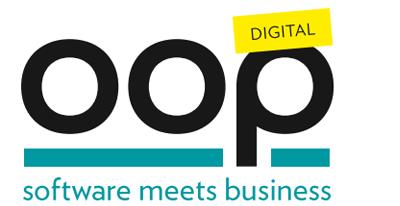- Deutsch
- Contact
- Newsletter

TRACKS
Tracks of OOP 2022
An independent advisory board selects the lectures with reviewers after thorough examination and decides which speakers and topics are to be included in the program of the OOP:
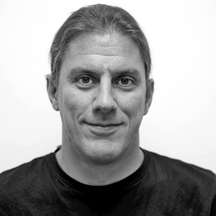
Modern Software Architecture
Eberhard Wolff
Software architecture is essential for the success of software development. However, it is an ever-changing field. Currently, approaches like Microservices, Cloud-native and more complex frontends change how we do architecture. This track sums up these innovations and shows how modern software architecture works.
Keeping this in mind we are discussing the following topics:
- Architecture Foundations
- Agile Architecture
- Frontend Architecture
- Microservices & Beyond
- Cloud-native
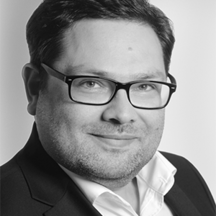
Artificial Intelligence Now!
Marc Bless
AI is still increasing on the hype cycle; everybody is talking about it and many announcements are being spread. What is the current state of real AI applications? Which frameworks are actually in use? In which areas are AI-systems really used effectively? This track provides answers, proposals, and recommendations for today's state of AI.
Topics include:
- AI applied in the real world
- Examples of AI applications
- AI frameworks and languages
- Natural Language Processing
- Deep Learning
- Machine Learning
- Expert Systems
- Combining AI with IoT
- Process Engineering
- AI infrastructures
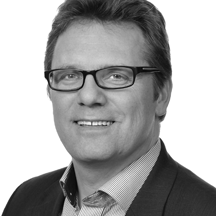
C++ and Programming of Embedded Systems
Nicolai Josuttis
Due to its focus on good performance, C++ became the main programming language for performance-critical and embedded systems. Especially embedded systems need both aspects of performance, speed and low memory. But the raising complexity of all software in general including embedded systems also requires more and more focus on correctness, safety, and maintainability (autonomous driving cars need good performance to react but the reaction has to be correct).
This track covers all these aspects: C++ (specially the new versions C++17 and C++20), alternatives to C++ for good performance, and general aspects of programming embedded systems.
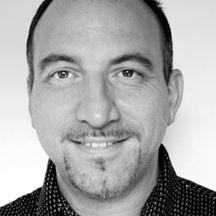
Software Architecture Communication & Assessment
Michael Stal
Two aspects of software architecture design development and management commonly neglected are the communication of software architecture and its assessment. Even the best software architecture is subject to architecture shift and design erosion, if it is not understood and accepted by stakeholders. Without regular assessment design debt increases while quality decreases. The time to introduce adequate means for addressing these aspects is always now, but not later in the project.
The goal of this track is to present case studies, methods, technologies, tools, architecture principles, and soft skills that support software architecture communication & assessment. Thus, we’re seeking for submissions focusing on reviews, evaluation methods, introspection tools, metrics, documentation, coaching, mentoring, and people.
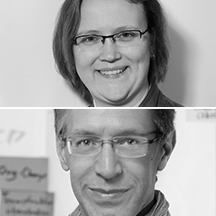
DevOps & Automation Now
Michael Mahlberg & Sandra Parsick
„DevOps is today the most important organizational form for enabling companies with a high rate of IT to be competitive.”
Looking at corporate presentations, market studies, or job advertisements the above statement seems to be true. Customers expect more new features in an even higher quality and in shorter iterations. A DevOps culture and a high degree of automation in the delivery process allow to fulfill these expectations better than the competition – even if the company hasn’t all these capabilities, yet.
The Time is now: Start DevOps and Automation now – Don’t wait for tomorrow.
This track covers the following necessary topics:
- DevOps-Culture and DevOps organization model
- Cloud-environments and Infrastructure-As-Code
- Continuous Build & Delivery
- Automation tools
- Data protection as an enabler(!) in the DevOps environment
- Operations & other aspects
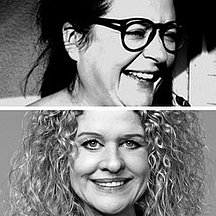
Diversity & Inclusion
Susanne Mühlbauer & Silke Foth
Companies and employees perceive diversity as a strategic success factor and quality characteristic. In April 2021 already 3800 German companies and organizations signed the diversity charter (https://www.charta-der-vielfalt.de) to commit to create and maintain an inclusive work environment for their employees, regardless of gender, ethnicity, religion, age, disability and sexual orientation.
In practice we struggle to translate this commitment into action and measurable results
We think: The Time is now – let’s get real about equality!
For the Diversity & Inclusion track we are looking forward to case studies and exchange of thoughts:
- Where do you experience real equality?
- Which measures do your companies provide and how do you perceive them?
- Which stories do you have to share?
- What fosters/ hinders diversity & inclusion?
- How do we come from commitment to action?
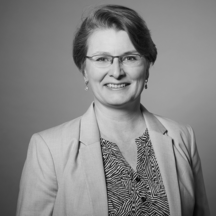
Use Domain-Driven Design Now!
Carola Lilienthal
Domain-Driven Design is a methodology for the whole software development process. In this OOP-track we will explore the roots of DDD and the various add-ons that have been created in the last 15 years since DDD is on the market. Eric Evans, the founder of DDD, announced that DDD is no dogma but should be enhanced by its users. Let us explore how the DDD community is tackling this challenge!
Invited Topics:
- Software architecture and design within and across bounded contexts
- Collaborative Modeling with domain experts and development teams
- Context Mapping and strategic design for large domains
- Frontend Development with distributed bounded contexts
- Dividing and updating of bounded context specific databases
- Improving legacy with domain-driven design
- Agile development and team organization in the light of DDD
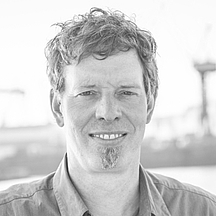
Fusion: IT-Future Society
Johannes Mainusch
Remote and seamless seems to be the new normal. The physical distance between people is bridged by digital collaboration. Anywhere anytime. IT becomes even more the nervous system of societies. Will the new normal tip us into a new society? Will we learn to trust people and collaborate better? Will we be able to take everyone on this new trip, or will a digital elite emerge? Are physical goods of the same value as before? What is the future behind our future?
This track presents weird, personal, and possibly not entirely appropriate talks; with topics that inspire the attendee to think in new directions. Contributions that connect technology and us as people and society of the future.
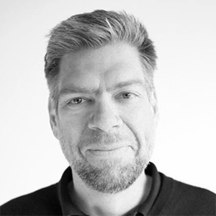
From Projects to Products/Services: Aligning Architecture and Organization for Sustainable Speed
Stefan Tilkov
Many industries used to value a stable, unchanging, efficient IT environment as a good thing, and considered projects as an exception that would move things from one stable state to another. These days, most organizations have accepted that change needs to continuous, and that efficient, ongoing updates to IT systems and services are a key success factor in competitive markets. How does this change how we architect systems? What are the effects on processes and organization? What are the commercial and legal issues? In this track, we’ll look at how successful organizations address these challenges.
Topics include:
- How to establish cross-functional teams with business impact
- Measuring business impact of continuous software development
- Aligning product management, development, operations, and support
- Technical aspects of long-running, ongoing feature development
- Challenges in establishing a “you build it, you run it” mindset
- Centralizing for efficiency vs. decentralizing for autonomy
- Incorporating market feedback and deriving KPIs
- Commercial and legal aspects of ongoing delivery in cooperation with partners
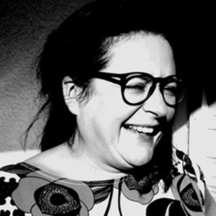
Product Development in Times of Digitalization
Susanne Mühlbauer
Companies need to balance running their core business and unlocking new digital business models by creating innovative ideas und products at the same time. McKinsey deals with this challenge with the 3-Horizon-Model: maintain and strengthen core business (horizon 1), explore and discover new expansions (horizon 2), and create entirely new possibilities and competencies (horizon 3)
Depending on the horizon we need different strategies, methods and approaches for product development. For the track are we looking for submissions dealing with this difference and sharing experiences and ideas for the specific horizon:
- Design Thinking and Lean Startup
- UX/UI/ Customer Centricity
- Digital Design
- Prototyping and Experiments
- Product-Discovery and Product-Design
- Innovation and Business Model Generation
- Requirements Engineering and Business Analysis
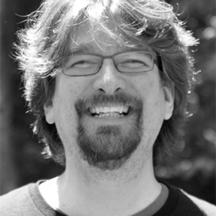
Social Integration
Olaf Lewitz
The time is now - and we are the people facing it together! Relationships connect our past to our future - and they emerge and evolve in the present, just as the systems we work in and the systems we create. As engineers, we have a tendency to nurture our relationships less than other systems we work on. Integration, in the words of neurobiologist Dan Siegel, means “honoring differences and promoting linkages”. As engineers we’ve applied this successfully to systems and software … making it automatic and continuous. Now we want to focus on integrating social and technical systems, our organizations with our customers, our business with our IT, and the needed change with our agility. What will all of this make possible?
In this track we’re serving sessions which enable something new by integrating different aspects of our software-creating systems. We want to combine our expertise in the domains of people, process and product and bring ideas together in new and inspiring ways, such as:
- Integrating human behavior and software use
- Integrating organization and software design (Conway’s law applied)
- Integrating People/Process, Product/Process, People/Process
- Integrating User/Customer/Business/IT/…
- Integrating silos in minds, organizational structures and software
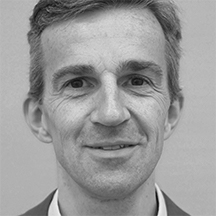
Testing & Quality
Peter Zimmerer
Effective and efficient software and system development requires superior test approaches in place and a strong commitment to quality. To realize the right mix of test methods and quality measures is no easy task in real project life due to increasing demand for reliability of systems, cost efficiency, and market needs on speed, flexibility, and sustainability.
Therefore, this track provides practical guidance on how to address these challenges in the area of testing and quality because it is time to act now. Experts from different domains present key learnings from the past as well as new directions in the field, explain approved strategies and practices, and share valuable project experiences on how to make it happen. Sample topics (but not limited to):
- New directions in testing and test strategies that guide us to act now
- Testing wisdoms – what did we learn from the past and what did we forget?
- Flexible test automation and test architectures as enablers for new directions
- Digitalization of testing: cloud testing, mobile testing, big data testing, IoT testing, AI testing
- Continuous Testing @ DevOps
- Testing of systems with artificial intelligence (AI) and machine learning
- Testing non-functional requirements
- Effectiveness, efficiency, and sustainability of innovative test approaches
- Defect prevention by innovative testing
Of particular interest are case studies, success and failure stories, innovations, and practical lessons that attendees will be able to apply in their projects.
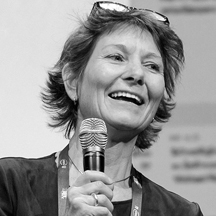
Trends & Techniques
Jutta Eckstein
In this track, we examine the combination of software and business by exploring both –current and future trends & techniques. Amongst other things we will take a look at the state-of-the art of the autonomy and conversion of data, gamification for both business and higher quality, better user experience with inclusive documentation, and using sketchnotes both for your own learning and recording for your peers. Moreover, we’ll discuss how to break your system into modules by keeping the social aspects of the teams in mind.
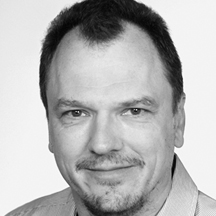
Signature Track: The time is now!
Frank Buschmann
The COVID 19 pandemic has presented us all with major challenges. In our private, professional and social lives. At the same time, however, the pandemic was also the biggest driver of digitalization. Companies have invested in their own digital infrastructure, work from home has become the new normal, and even factories and critical infrastructures are increasingly being controlled remotely. We need to take advantage of this impetus to make our software systems, software development practices, and work environments fit for the digital future. On the other hand, Internet giants like Amazon, Google and Microsoft have become even bigger and more powerful, with direct consequences for traditional businesses. The Internet has become a playground for many parties whose interests are not always immediately obvious to us users. Here, too, software plays a crucial role -- and shows the social responsibility we software developers have.
Moving safely and successfully in this field of tension is not easy. The Signature Track therefore highlights the opportunities and stumbling blocks of our further path into the digital future in selected presentations.
